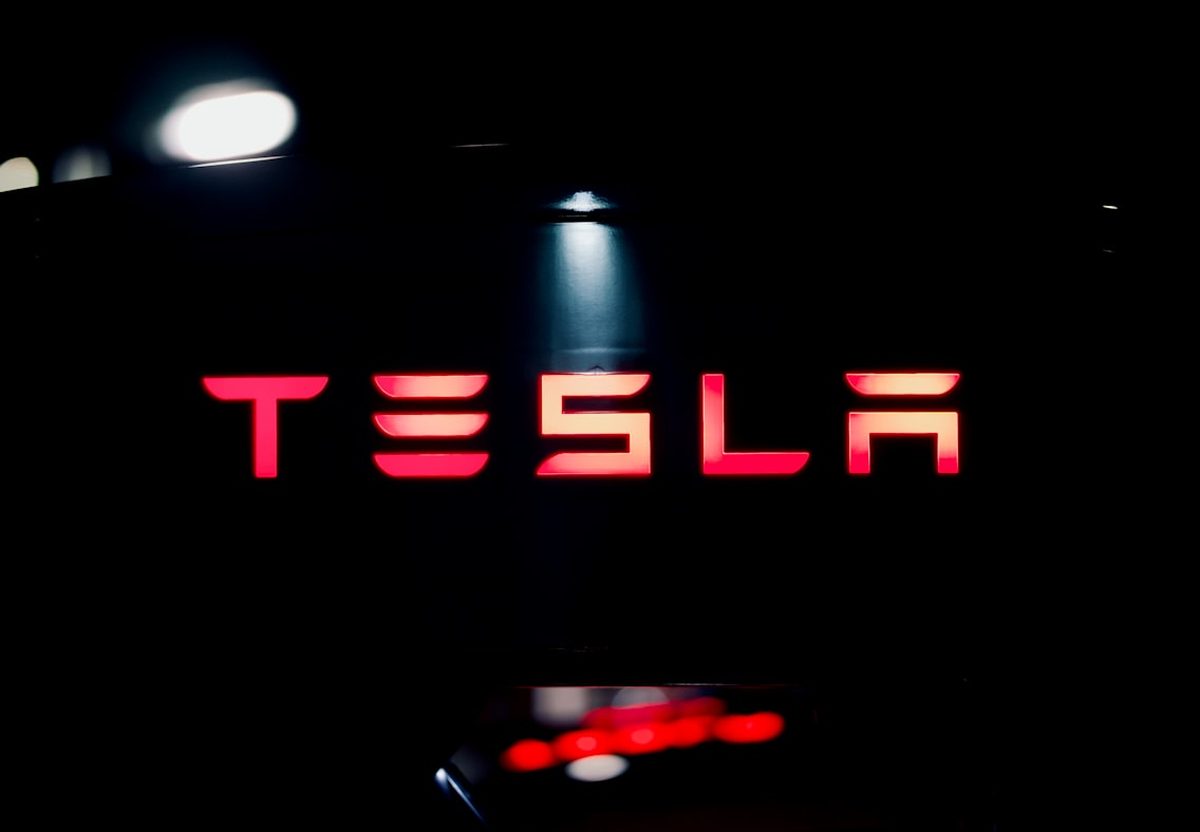Tesla’s robotaxis already in trouble with the feds

The U.S. National Highway Traffic Safety Administration (NHTSA) initiated contact with Tesla after the automaker commenced providing rides in its branded robotaxis in Austin to invited customers, following the emergence of online videos depicting potential traffic law violations.
The NHTSA’s outreach to Tesla occurred one day after the launch of the robotaxi service. This engagement was prompted by numerous videos uploaded to online platforms, which appeared to show Tesla robotaxis operating in South Austin, where the customer rides were being conducted, in a manner that violated established traffic regulations. Bloomberg was the initial publication to report on the NHTSA’s contact with Tesla. Subsequently, the NHTSA formally confirmed to TechCrunch that it had indeed reached out to the automaker.
In an emailed statement provided by the NHTSA, the agency confirmed its awareness of the incidents referenced in the online videos.
The statement specified, “NHTSA is aware of the referenced incidents and is in contact with the manufacturer to gather additional information.” The agency further articulated its ongoing commitment to regulatory oversight, stating, “NHTSA will continue to enforce the law on all manufacturers of motor vehicles and equipment, in accordance with the Vehicle Safety Act and our data-driven, risk-based investigative process.” Regarding the regulatory framework for new automotive technologies, the NHTSA clarified, “Under U.S. law, NHTSA does not pre-approve new technologies or vehicle systems — rather, manufacturers certify that each vehicle meets NHTSA’s rigorous safety standards, and the agency investigates incidents involving potential safety defects.” The statement concluded by outlining the agency’s procedural approach: “Following an assessment of those reports and other relevant information, NHTSA will take any necessary actions to protect road safety.”
Tesla initiated its robotaxi service on Sunday, offering paid rides to invited customers within the South Austin area. This launch, characterized by its limited scale and scope, represents the initial operational deployment and assessment of Tesla’s autonomous vehicle technology outside of a controlled testing environment. Tesla currently offers its Full Self-Driving (FSD) Supervised software to owners of its vehicles as a purchased option.
This FSD Supervised system manages steering and braking functions when activated; however, it is classified as an advanced driver-assistance system that mandates the driver to maintain physical contact with the steering wheel at all times for supervision. In contrast, the Tesla robotaxis deployed for this service are equipped with an unsupervised version of FSD. Tesla has not publicly disclosed specific details regarding the technical specifications or operational parameters of this unsupervised software variant.
The design intent for these robotaxis, which customers can summon via a dedicated application, is that they operate autonomously without direct human intervention during the drive. Despite this autonomous capability, a human “safety monitor” is positioned in the front passenger seat of each Tesla robotaxi during these customer rides.
Videos circulated online have depicted instances of Tesla robotaxis exceeding posted speed limits. In one notable instance, a video showed a robotaxi swerving into an incorrect traffic lane.
A video, which TechCrunch verified and has since been uploaded to YouTube, specifically shows that in both recorded incidents, the Tesla robotaxi applied its brakes as it approached police vehicles that were situated in parking lot driveways immediately adjacent to the roadway.
